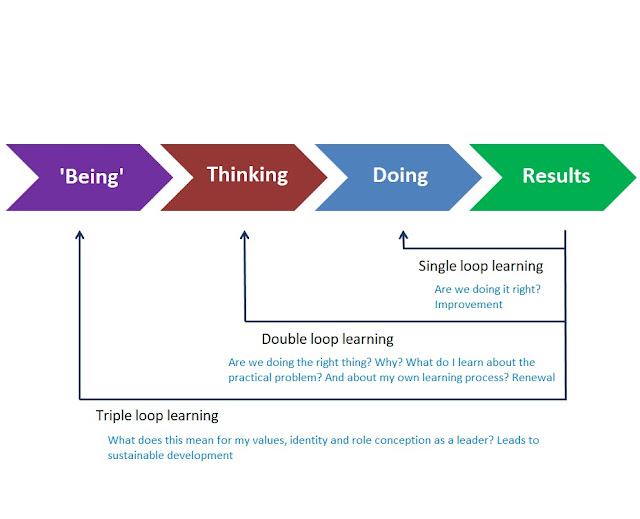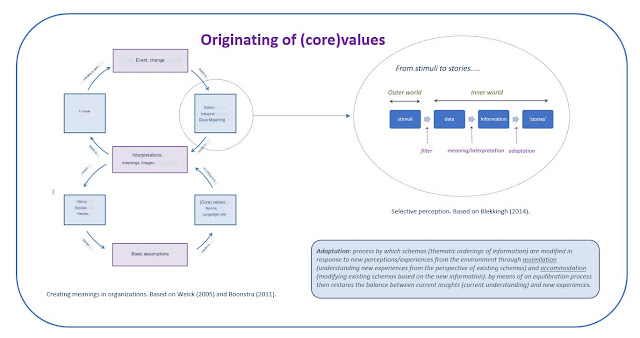Action research / the CIMO logic

An education professional is often particularly interested in improving their own professional practice. In addition to describing the practical problem and explaining its causes, the development of possible solutions is also considered. Practical questions such as: 'How do we improve our language teaching?', 'How do we reduce the attrition?', 'How do I stimulate more cooperation in the team?' are central to this. Demonstrating (statistically proven) causal relationships between cause and effect is therefore usually not his goal. However, by working in a thorough and investigative manner, the plausibility of the findings can be considerably increased. For example, it is advisable to use as complete, valid and up-to-date knowledge as possible, but you can also work with a chain of reasoning approach, the CIMO logic for example. The reasoning chain of the CIMO logic is as follows: For this problem-in- Context it is useful to apply this Intervention , which through...



